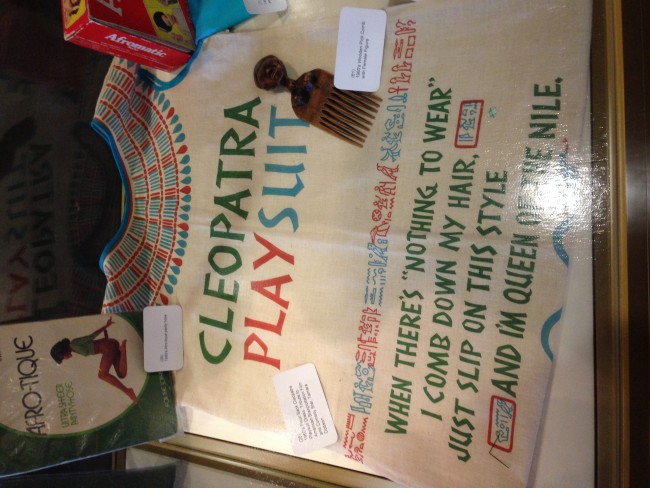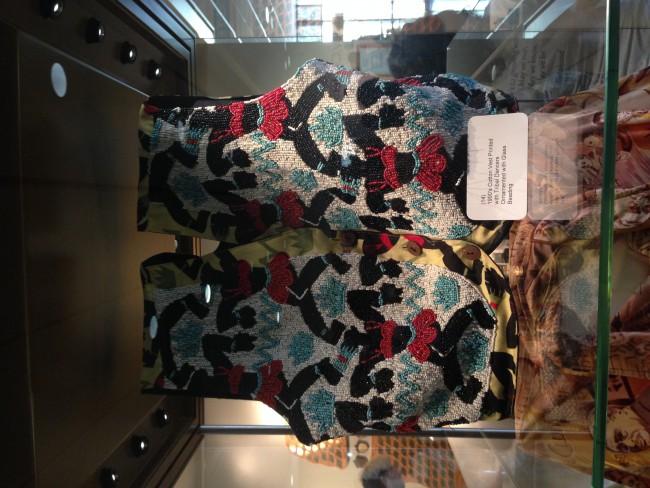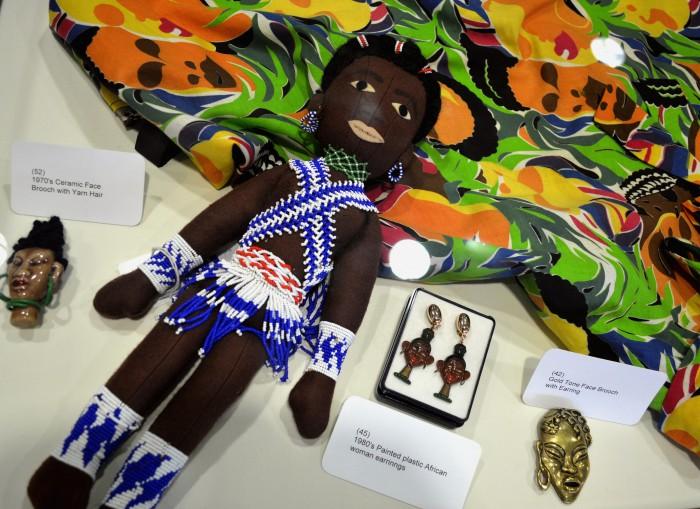The Department of Africana Studies shared with students and faculty the long and checkered history of people of black descent during the opening reception of the “Hallowed Grounds Exhibit” in the Oviatt Library, Wednesday.
The reception, “Historicizing & Contemporizing the Black Aesthetic: Keeping the Legacy Alive,” was put together by CSUN Professors Dr. Theresa White and Dr. Cedric Hackett in celebration of Black History Month, inviting viewers to delve into Black history and its contemporary contributions.

“The exhibit offers a glimpse into elements of Black History in fashion, art, print and social organizations,” Dr. White said. “It can give students a deeper understanding of Black Aesthetics and Black History milestones that have occurred throughout time.”
The reception began with opening remarks and a brief introduction before exhibit presenters took the stage, including Shante Morgan of the Black Alumni Association, Daisy Lightfoot of the National Association of Black Journalists, and more.
The reception went on to present a spoken word performance by Lightfoot, a brief slideshow presentation from Dr. White and a hair show.
“We’re celebrating ourselves, and we’re doing something that our ancestors could only dream of—and now it’s come to fruition,” Lightfoot said.

The exhibit entitled “Black Vintage Fashion, Social Justice and Black Art Exhibit,” features African American clothing, accessories and jewelry compliments of LA-based Vintage Fashion Collector, Esther Gingberg, “Men of Color Enquiry & Student Research Posters,” and art and memorabilia from the Black Alumni Association, the CSUN Black Student Union, the African Student Organization, and more.

“All of these artifacts represent a time in history in which African Americans thrived, struggled, and created with minimal means,” said Dr. Hackett. “While the national theme, Hallowed Grounds, reminds us of the historical markers and space that represent our existence, [the exhibit] will keep the legacy alive. We must continue to shed light and honor our history.”
The exhibit will be on display until April 29 in the Oviatt Library’s Tseng Gallery.





